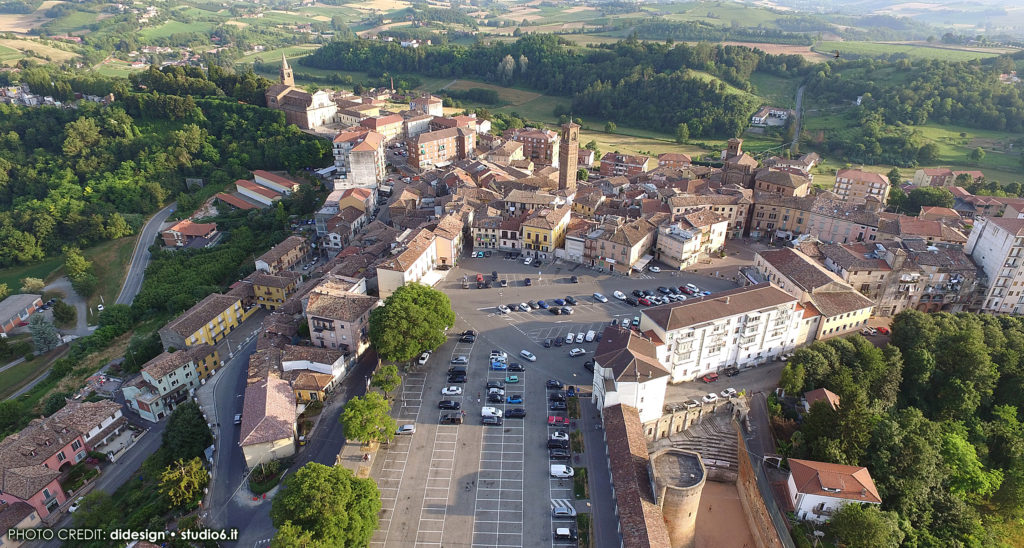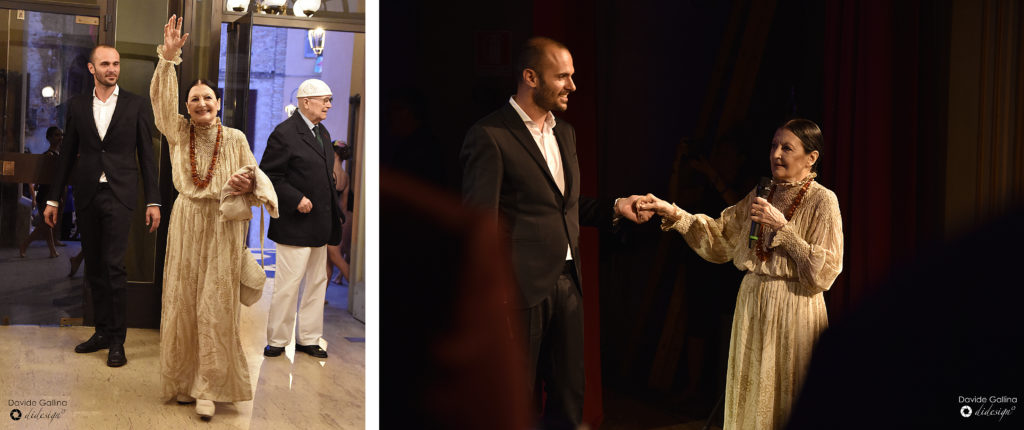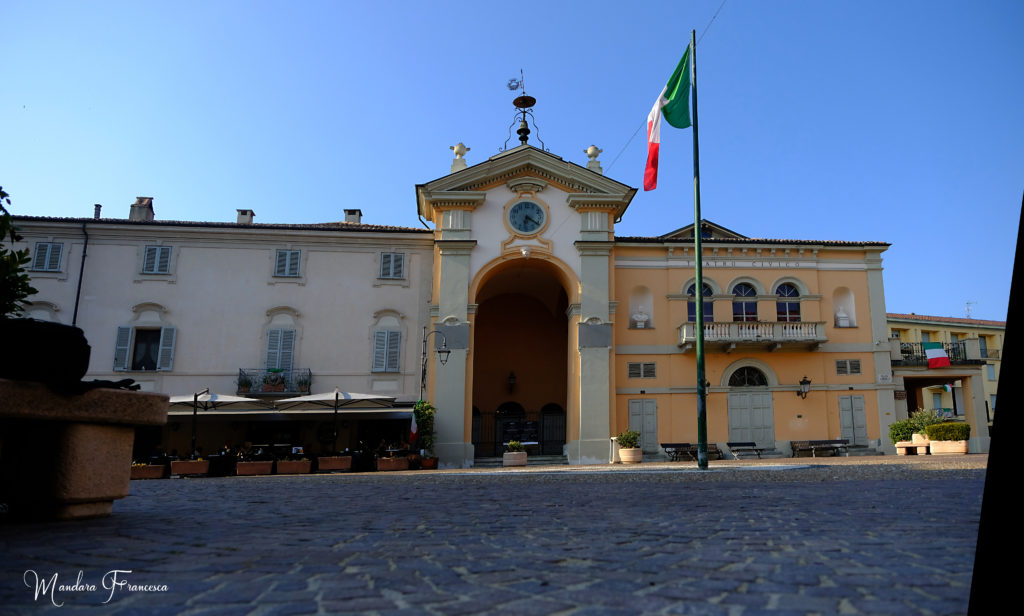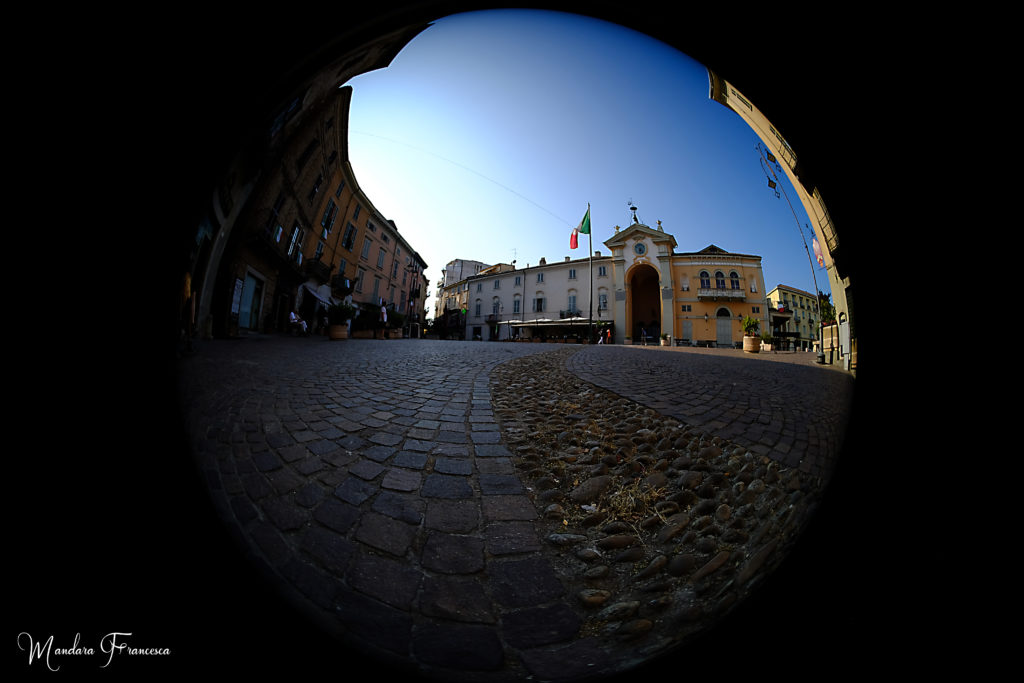
Moncalvo in Danza has now fully become one of the most popular events in the field of Italian dance thanks to the participation of highly prestigious professionals. The event aims to promote one of the most exciting forms of free art, an expression of body and spirit, in the “smallest city in Italy”. The extraordinary success of the Dance Festival is due to the competence and profound experience of the teachers, who favor the growth of the dancers thanks to the high quality of the training courses offered.

Testimonial of the festival for several years, since the first edition, was the étoile of Italian dance Carla Fracci, who had praised the work done by the event as a stage for the approach to artistic dance by students from all over Italy. A “Festival” that looks at multiple perspectives: study, evaluation through the collaboration of professionals and the final expression contained in the performance of evening shows by important international exponents. A true meeting of diversified professionals that allows both cultural and emotional exchange
Welcome to the Dance Festival!
Welcome to Moncalvo!
Historic capital of Monferrato, it is a lively locality where, in addition to the splendid position, you can admire historic buildings as well as taste the food and wine specialties of the area. Of Roman origin, Moncalvo was over the centuries the property of the Church of Asti, of the Graffagno family, of the Marquis of Monferrato, who made it their capital, and then passed to the Marquis of Saluzzo (1306) and then again to the Paleologi of Monferrato ( 1309).
It underwent various foreign occupations and ultimately became the domain of the Gonzagas of the Duchy of Mantua, who ceded it as a fief to various lords (in 1604 to Galeazzo di Canossa, in 1619 to Rolando Natta, in 1671 to Filiberto marquis of Ceva); in 1691 it was sacked by the imperial troops commanded by Eugenio di Savoia. Finally it passed definitively to the House of Savoy in 1704. With his Patents of 9 August 1774 Vittorio Amedeo III declared it a City, reconfirming the title already attributed to it by the Duke of Mantua Ferdinando Carlo Gonzaga on 23 March 1705. In 1908 it returned to possession of the hamlets of Castellino, San Vincenzo, Patro and Santa Maria which in 1705 had been annexed to the Municipality of Penango.




